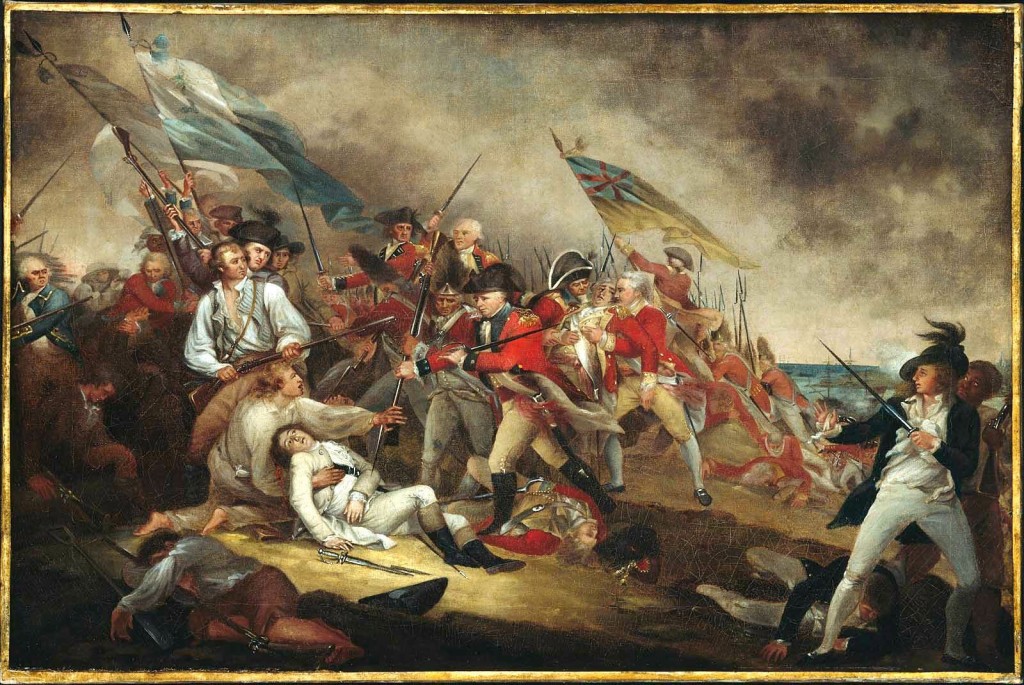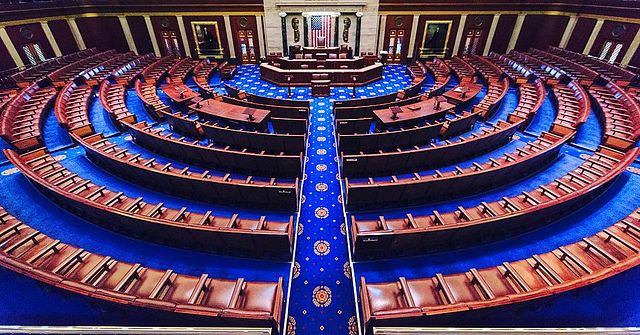Table of Contents (click to expand)
The Great Compromise—also known as the Connecticut Compromise or the Sherman Compromise—was an agreement made between large and small U.S. states that partly defined the representation each state would have in the legislature under the United States Constitution.
This compromise occurred in the year 1787. It remains a pivotal moment in American History, as it was a crucial convention to amend the Articles of Confederation, which required fixing to remedy the crisis that the United States was facing at that time.
Let’s start by briefly examining the background of the Great Compromise.
The Connecticut Compromise led to a crucial debate among state delegates concerning how each state would be represented in Congress. This led to the Congress being split into a two-chambered system. This created the House of Representative, which is determined by a state’s population. The agreement retained the bicameral legislature, but the Upper House had to change in order to accommodate two senators from each state. The deal reshaped the American government’s structure, striking a balance between the highly populated states and their demands, while also taking into consideration the less-populous states and their valid interests.
Overview And Background
The United States went through some tumultuous years in the 1780s. The 1781 ratification of the Articles of Confederation provided an inadequate governmental structure. It had severe shortcomings related to the regulation of critical economic activities, such as trade, the levying of taxes and the drafting of soldiers. It also failed to solve the slavery issue, which had become polarizing in the North-West Territory. Following the Anglo-American Revolution, the economy had plummeted and continued to struggle.

Many citizens found it extremely difficult to earn a livelihood, let alone pay taxes too! Hence, many people had turned to the State for help, but to their dismay, there were no concrete relief schemes in place. Further contentious political tactics had created significant strife and discord among the people. This instability called for a delegation in 1785, proposed by Alexander Hamilton, to address the idea of a national reform. James Madison responded with support and asked other states to send their delegates to Annapolis, Maryland, for a conference. However, only five states’ representatives attended, but they still approved a plan in which every state would send delegates to the 1787 Philadelphia convention.
In May of 1787, 55 delegates representing 12 states (Rhode Island was absent) met in Philadelphia to discuss the limitations of the Articles of Confederation. The Constitutional Convention started later on, when Madison proposed the Virginia Plan, which Patterson countered with the New Jersey Plan.
Also Read: Why Did The Articles Of Confederation Fail?
What Did The Great Compromise Do?
Before 1787, larger states like Virginia preferred congressional representation based on the population of the respective state. However, on the other end, smaller states wanted an equal representation of all states. This led to a massive debate and significant tension between the larger and smaller states. It was Edmund Rudolph and James Peterson who eventually came up with a solution for this via the Virginia Plan on May 29, 1787.
This plan outlined that the government should comprise three branches—the legislature, executive, and judiciary. The three branches would serve a two-house legislature. The populace would elect the members of the Lower House, who in turn would elect representatives for the Upper House. In other words, both houses included a proportional population representation. Madison also proposed that Congress be granted a veto for all state laws. The New Jersey Plan, put forward on June 15, 1787 by William Patterson, called for equal representation of each state, as was the case in the Articles of Confederation, but Patterson also sought to increase Congressional power. He called for a one-house legislature, fair representation from each state, and popular elections.
Patterson also proposed a lifetime Supreme Court appointed by executive officers. He focused on the likelihood that the national government could violate the sovereignty of the states, so there needed to be a body that could keep the federal government in check. At this point, the less populous states’ representatives feared that the agreement would result in larger states drowning out their voices and interests, rendering the small states useless at the national scale. Madison, on the other hand, argued that the most important states were very different from each other. Hamilton pointed out that each state was an artificial entity. As such, the two sides, in which one side comprised the large states and the other represented the smaller states, rejected each other’s plans. The disagreements called for reflection, leading to intense negotiation over the future of the US government.

Roger Sherman, a delegate from Connecticut, made a suggestion that eventually turned into the Great Compromise. His idea involved a two-legislature form of government in the US—the Senate and the House of Representatives. For every 300,000 citizens, a state would be allowed to send one member to serve in the House of representative, along with two senators (regardless of the state’s size). On July 16, 1787, despite Benjamin Franklin’s efforts to block the equal voting rights of smaller states, the proposal passed by one vote. Thus, the compromise was conjured, which paved the way for final constitutional passage and an important stepping stone in the creation and development of the United States.
Also Read: Democracy Vs Republic: What’s The Difference Between Republic And Democracy?
What Was The Result Of The Great Compromise?
The most significant effect of the Great Compromise was the substantial change in America’s governmental structure. The agreement focused on working out the interests of large states like Virginia and New York, as well as the smaller states like New Hampshire and Rhode Island, striking a balance between proportional and general clout. The most visible change achieved under the compromise was that each would split congressional delegates between representatives, who would then be elected by district to serve in the Lower House, as well as senators to represent individual states in the Upper House.

As such, the compromise balanced the needs of both the smaller states, which wanted a unicameral legislature, and the larger states, which were rooting for a bicameral legislature, thus paving the way for constitutional development. Ultimately, the Connecticut Compromise kept the Convention together and led to a bicameral Congressional system, in which the Lower House is based on proportional representation, and each state has equal representation in the Upper House. In conclusion, the Great Compromise helped to establish a power balance between large and small states concerning their voice and representation in Congress.
How well do you understand the article above!

